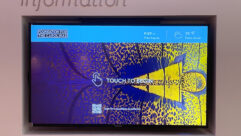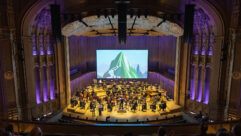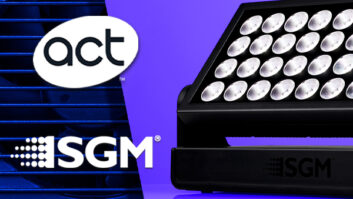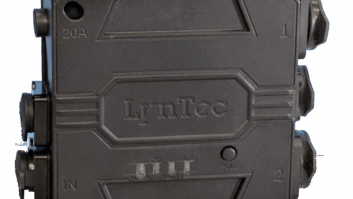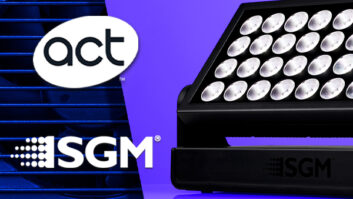

Ranked among the leading music education programs in the nation, Liberty University’s School of Music in Lynchburg, VA committed to building a world-class venue for orchestral and choral music as the centerpiece of its new 141,000-square-foot Center for Music and Worship Arts. Charlottesville, VAbased architecture firm VMDO tasked David Greenberg of Creative Acoustics with designing a hall that could deliver optimum response across a wide range of uses. In addition to university events, the new hall will host concerts by the Lynchburg Symphony, and touring ensembles, and more.
“Initially my brief was only to design a hall ideally suited for acoustical music performances, and I included adjustable architectural features to accommodate those uses,” said Greenberg. The physical acoustics of the hall are altered using motorized drapes and vertical banners selectively covering wall areas behind the stage and around the perimeter of the auditorium. “But the hall also would be used by the School of Religion, with a program rich in amplified music styles ranging from ballads to rock. And it would be used for touring performances as well.”
That’s where Meyer Sound’s Constellation active acoustic system came in. The Constellation active component comprises 48 miniature microphones spaced around the hall for sensing ambient acoustics, together sending signals to a D-Mitri digital audio platform that includes four dedicated processors (one for each reverberation zone) that host patented VRAS acoustical algorithms. The resulting acoustical characteristics are created in the space by 303 compact loudspeakers and 18 compact subwoofers, also distributed throughout the hall to emulate the reverberant effect of reflective surfaces.
Having two adjustable systems working to complement each other affords unique opportunities for crafting aural environments, Greenberg said. “A Holy Grail of acoustics is being able to precisely adjust the second order decay. The reverberation gets out of the way so that the sounds you want to be clear and distinct are not covered up. Here, you can have the physical acoustic providing initial reverb decay, that dies off, and then you have the active acoustic continuing beyond that in a totally controllable fashion.”
The ultimate benefit, he continues, is greater flexibility. “Certain types of music will benefit more than others, but having the two systems together means the range of programs you can host with optimum response is much wider.”
When direct amplification is required, the hall offers a house system based around a Meyer Sound LEOPARD compact linear line array system. Supporting the dual arrays of 15-each LEOPARD loudspeakers are two cardioid arrays of five-each 1100-LFC low-frequency control elements, four LEOPARD for center fill, two UPQ-2P loudspeakers for outfill, 14 MM-4XP self-powered loudspeakers for front fill, and 10 UP4XP loudspeakers for upper balcony fill. Four MINA line array loudspeakers and four UPJ-1P VariO loudspeakers are available for choir loft and stage fill.
The complete system’s capabilities were given a workout for the annual Christmas concert, with orchestral, choral, and popular holiday carol performances. “Everybody was in awe after that event,” said Michael Gerringer, AV architect and large public venue manager for the university. “It was astonishing what we could get out of that room.”


